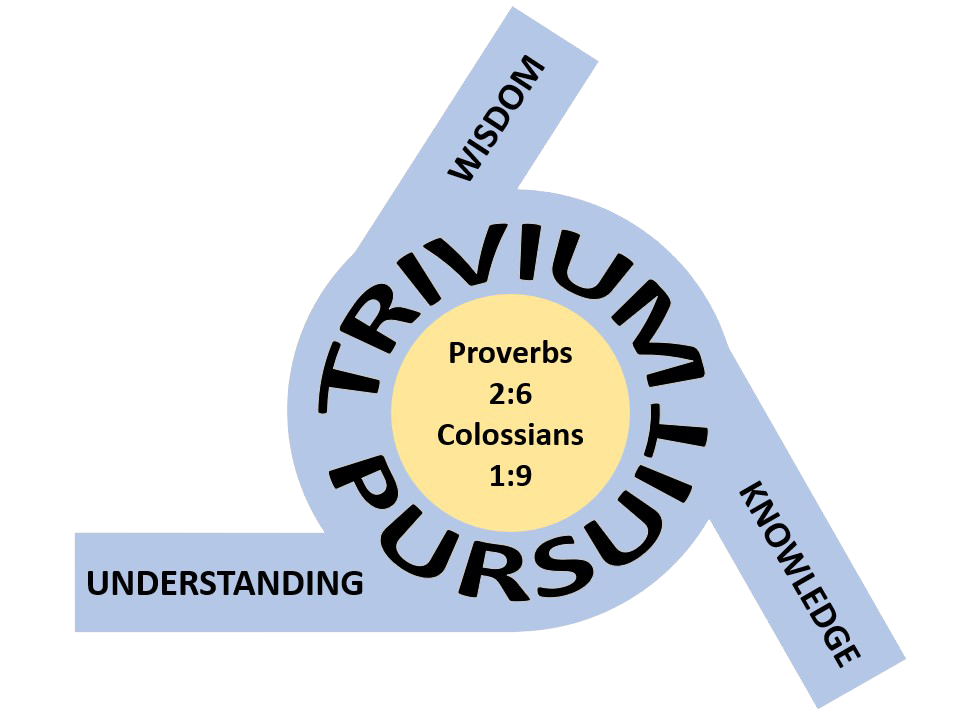I am trying to figure out how your recommendation about delaying formal math until age ten would work out in practice. Specifically, when does the child learn basic math facts? It seems to me that you can’t do much math without knowing the math facts. If you wait until age ten to start learning the facts, how could you start doing Saxon 65? Don’t you have to at least know the math facts to make any progress there? On the other hand, if you learn the facts before age ten it seems like you are starting formal math before age ten because you would have to understand somewhat to learn the facts successfully. My son who is 10 1/2 has had a terrible time learning just addition and subtraction math facts. I know I started him on math too young. We were going through a workbook and he could make it through counting on his fingers. He could go a certain distance that way, but after a while it became evident that he couldn’t go on successfully without learning the facts better. He ended the school year still not knowing many of the facts. I don’t know what to do with him this coming year.
I’ll tell you how we approached math. Perhaps you can use some of these suggestions. Our children who were below age ten studied math informally. We played dominoes, Rummicube, card games, dice games, score-keeping games, and other counting type games. We taught the children to count and write their numbers. I remembered them playing store and restaurant and asking me how to add up a series of numbers. They built calculators and cash registers out of matting board scraps that we obtained at the local art store. They played with play money and coins. Your average homeschooling family life is full of informal arithmetic exercises. Of course, cooking and chores involve lots of informal math. By the time a child is ten he will probably know how to add. He probably won’t have many of the math facts memorized, though. Some memorize these facts easily, some have a more difficult time. At age ten, I made for the child (or had the child make) two different arithmetic grids–one for addition and subtraction and one for multiplication and division. I’m not sure what they are really called. Each grid consists of a square piece of paper with the digits 1 through 9 running in a column along the left side of the page (with 1 at the top and 9 at the bottom) and again in a row along the top of the page (with 1 at the left and 9 at the right). Where the two 1’s come together (similar to a mileage chart where you are trying to find out how far it is from one city to another) you write the digit “2” (1+1=2). Where the 1 on the left and the 2 at the top come together you write the digit “3” (1+2=3). You continue like that till the grid is filled in. This would be the addition and subtraction grid. The multiplication/division grid would work similarly. They are a sort of answer key for the math facts.
At age ten we start the child in formal math with a 6th grade math textbook. I gave the child these two grids, and they are allowed to use them when doing their math lessons. At age eleven I took away the addition/subtraction grid. The child should have the addition/subtraction facts memorized by then. If I think that he doesn’t have them memorized then we would drill on them till he does have them memorized. At age twelve I took away the multiplication/division grid.
This system worked well for us. All five of the children have done well in math, finishing the Saxon Advanced Math textbook (Nathan went on to Calculus). I would say that our children would be considered average in math.
Concerning your ten-year-old son, I would just continue working on the addition/subtraction facts. Perhaps a reward ($$) could be given if he has them memorized by such-and-such a date. Perhaps this could be a summer project. I don’t think you have bungled anything. Our son Hans didn’t start formal math till age eleven, which is when he started Saxon 65. I remember he liked me to sit with him while he did math. It wasn’t that he didn’t understand the concepts, he just wanted someone there by him. Sometimes we would do the problems orally. Sometimes I would write out what he dictated to me. He was one of those who was allergic to pencils. But by the time he was in Algebra I he was doing the math lessons by himself. I seldom had to help him with math after that. I believe that was the way it was with Nathan also. With the girls, though, it was different. They almost never needed my help, even from the beginning.

0 Comments